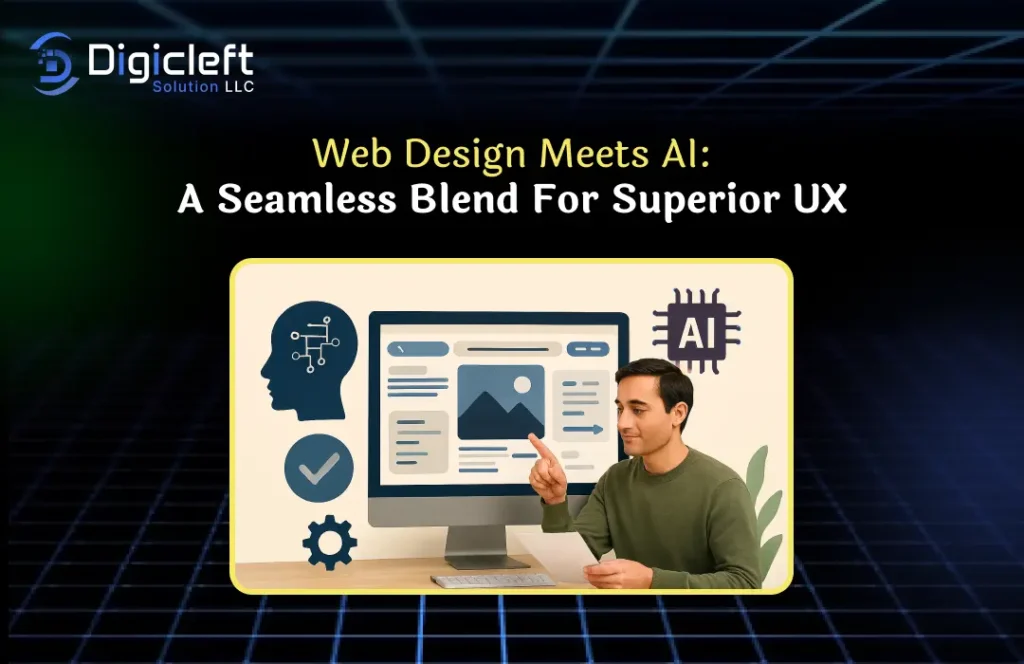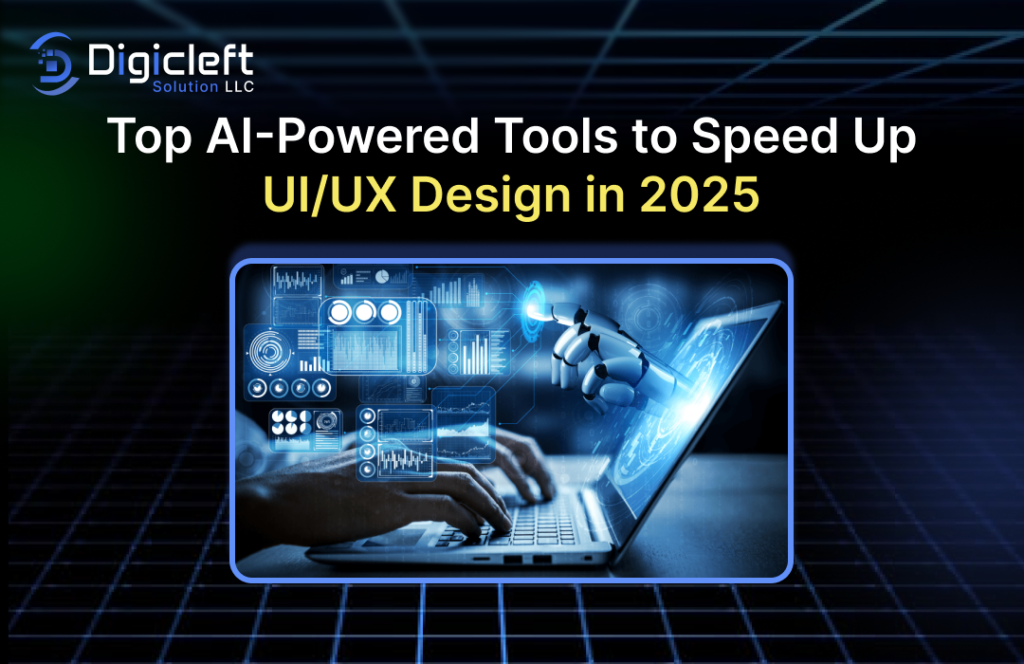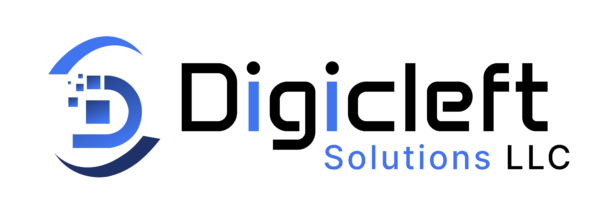
How AI is Revolutionizing Web Design?
Web design isn’t just about looking good anymore it’s about being smart, fast, and user-focused. In recent years, Artificial Intelligence (AI) has stepped in as a game-changer. Instead of spending endless hours on trial and error, businesses can now rely on AI tools to fine-tune layouts, personalize content, and even predict what users want before they click. Companies like Digicleft Solution are proving how powerful this shift can be.
Understanding AI in Web Design
AI-powered web design uses algorithms to automate, optimize, and personalize the design process. Think of it as having a developer who never sleeps, never misses deadlines, and can instantly test a hundred variations of your landing page.
Core AI Technologies in Design
- Machine Learning (ML): Learns from user interactions to improve layouts over time.
- Natural Language Processing (NLP): Creates better, human-like copy for websites.
- Computer Vision (CV): Analyzes images for design consistency and brand alignment.
The Shift from Manual to Intelligent Design
Traditional Web Design Process
Traditionally, web design involved heavy brainstorming, manual coding, and time-consuming feedback loops. Every tweak required human intervention.
How AI Automates Repetitive Tasks
- Resizing images automatically
- Generating design templates
- Testing button placements instantly
This allows designers to focus on creativity while AI handles repetitive tasks.
Enhancing User Experience (UX) with AI
- Personalized Content Delivery: AI customizes landing pages based on each visitor’s behavior.
- Predictive Design Patterns: AI studies user activity to recommend the best design elements for smoother navigation.
- Accessibility Improvements: AI adjusts contrast, text size, and layouts for users with visual or cognitive impairments.

AI and Efficiency in Development
- Faster Prototyping & Wireframing: Tools like Uizard and Figma AI turn sketches into clickable prototypes in minutes.
- Automated A/B Testing: AI learns from test results to quickly identify winning combinations.
- Streamlined Collaboration: AI-powered platforms unify design, development, and content teams in one workflow.
Real-World AI Design Tools
- Adobe Sensei: Automates image editing, layout suggestions, and content tracking.
- Figma AI: Offers auto-layout, quick prototyping, and instant design suggestions.
- Wix ADI: Builds fully functional websites in minutes based on a few questions.
Case Study: Digicleft Solution
Digicleft Solution uses AI to streamline design processes, generate adaptive content, and perform real-time UX analysis.
- One client saw a 35% increase in user engagement after adopting AI-powered design.
- Another reduced design timelines by 40% with automated testing and prototyping.
Challenges and Limitations
- Over-Reliance on Automation: Designs may feel generic without human creativity.
- Data Privacy Concerns: AI relies on data, so businesses must ensure security and compliance.
Future Trends in AI-Driven Web Design
- Voice-Driven Design Interfaces: Creating layouts with voice commands for faster design.
- Real-Time UX Adaptation: AI will adjust websites live based on a user’s mood, location, or device.
How Businesses Can Get Started
- Choose the Right AI Tools: Start with ones that fit your workflow don’t adopt everything at once.
- Train Your Teams: Ensure designers understand both the potential and limits of AI.
Conclusion
AI isn’t here to replace web designers it’s here to make them superheroes. By blending creativity with machine intelligence, businesses can build websites that are smarter, faster, and more user-friendly. Just like Digicleft Solution has proven, the future of web design is here and it’s powered by AI.
FAQs
1. Can AI really design a website from scratch?
Yes, AI tools like Wix ADI can create basic websites instantly, but human input still adds uniqueness.
2. How does AI improve UX?
By analyzing user data, AI personalizes layouts, content, and navigation for better engagement.
3. Is AI web design expensive?
Not necessarily. Many AI tools offer affordable plans, and the efficiency savings can offset costs.
4. Can AI replace web designers entirely?
No, AI supports creativity but still needs human guidance for branding and originality.
5. What’s the biggest risk of AI in web design?
Data privacy concerns and the potential for overly generic designs without human oversight.

